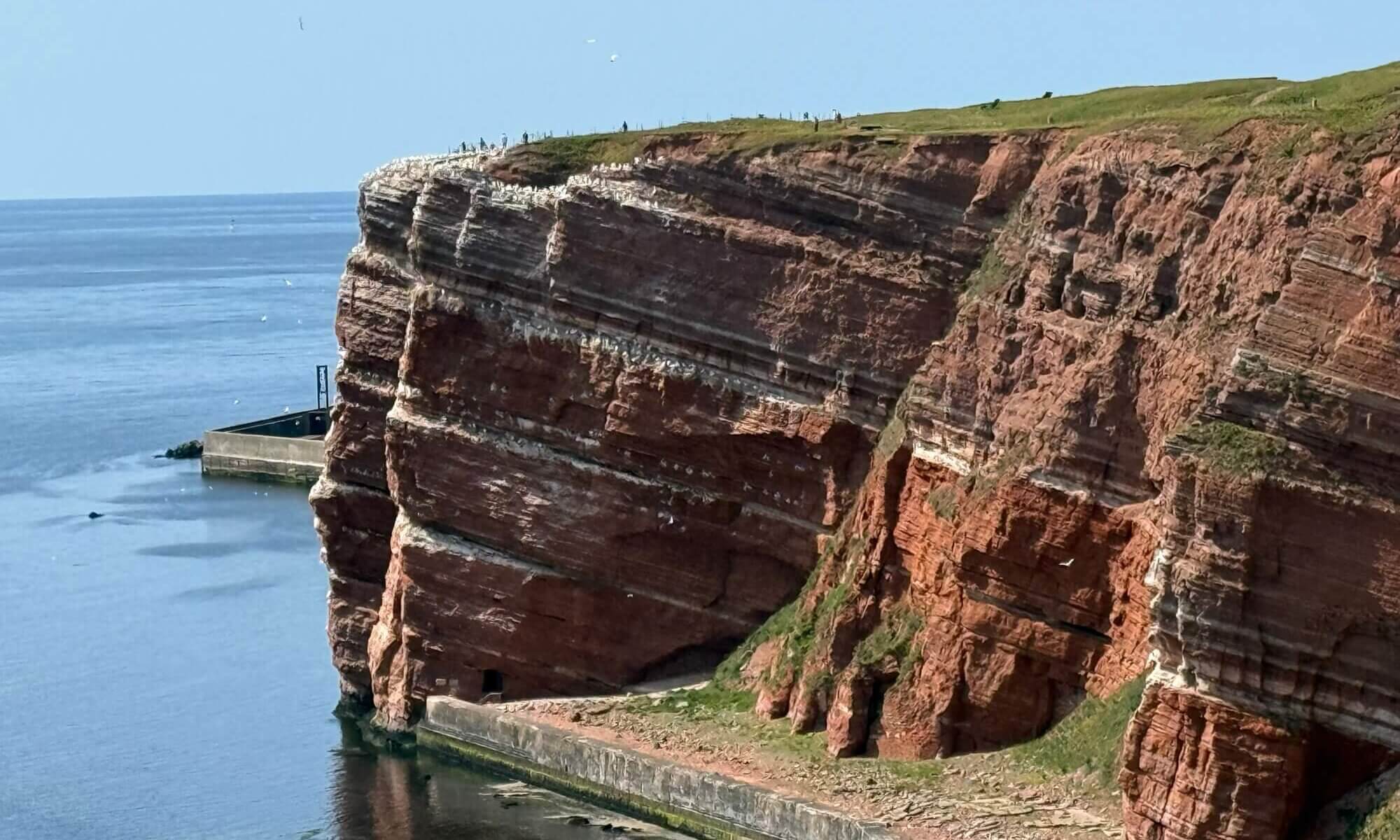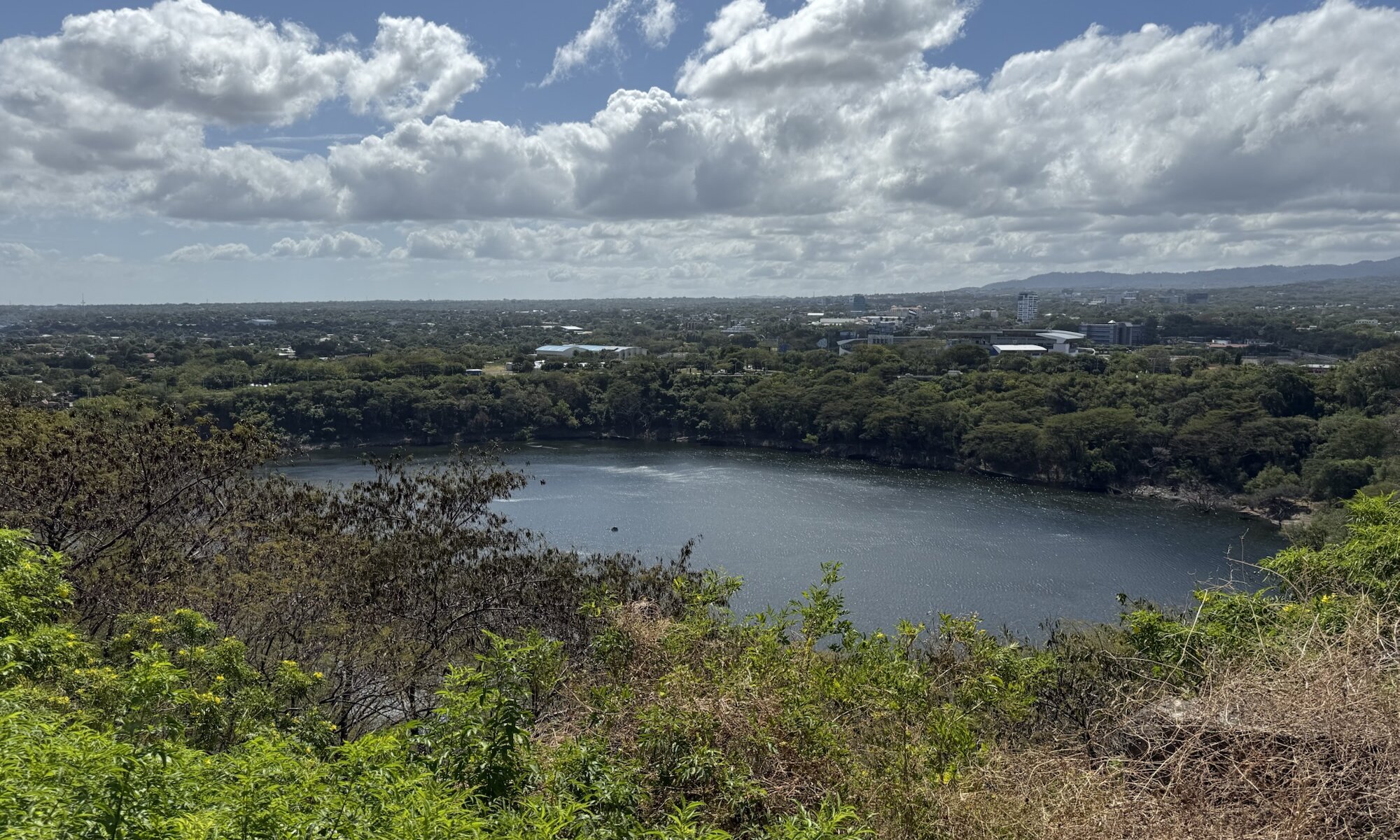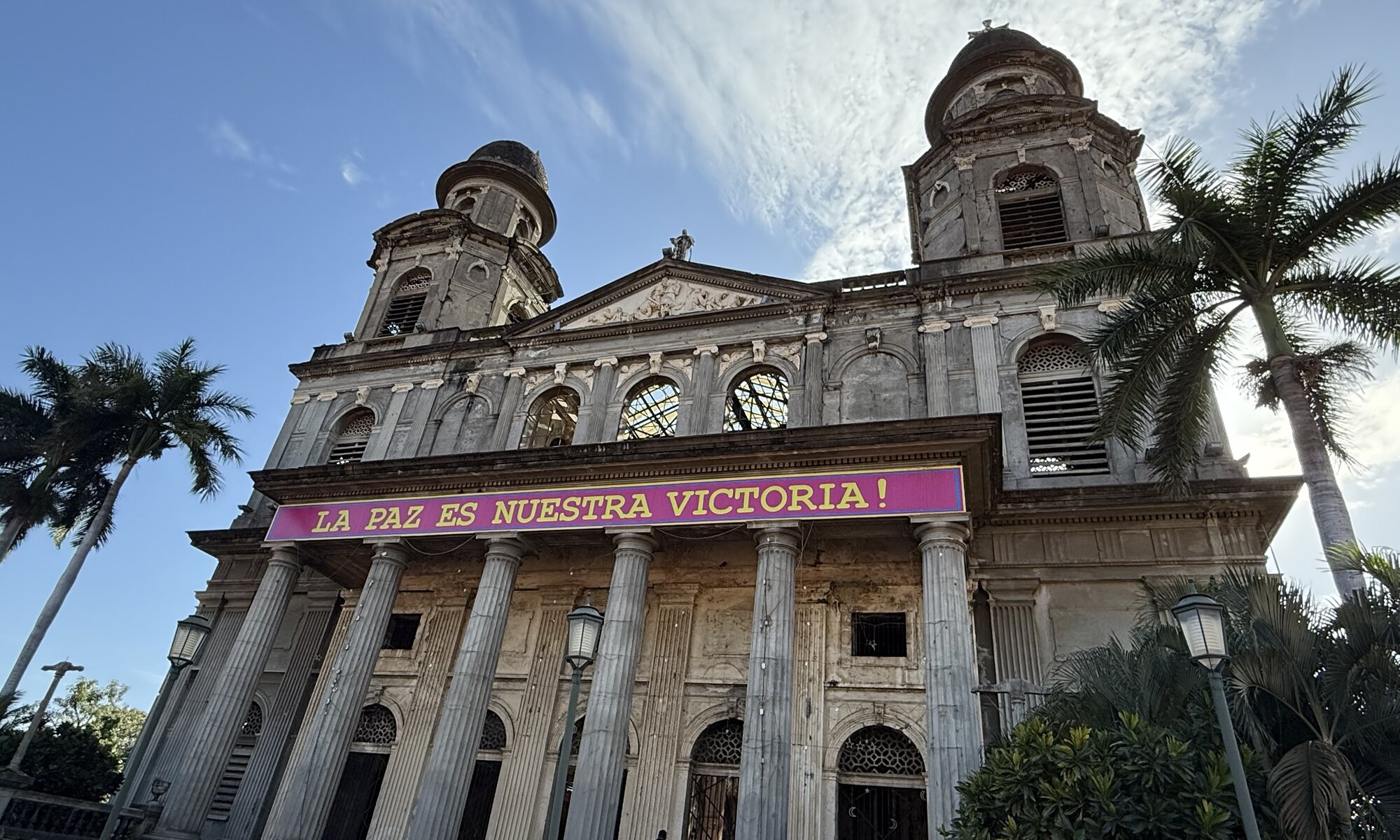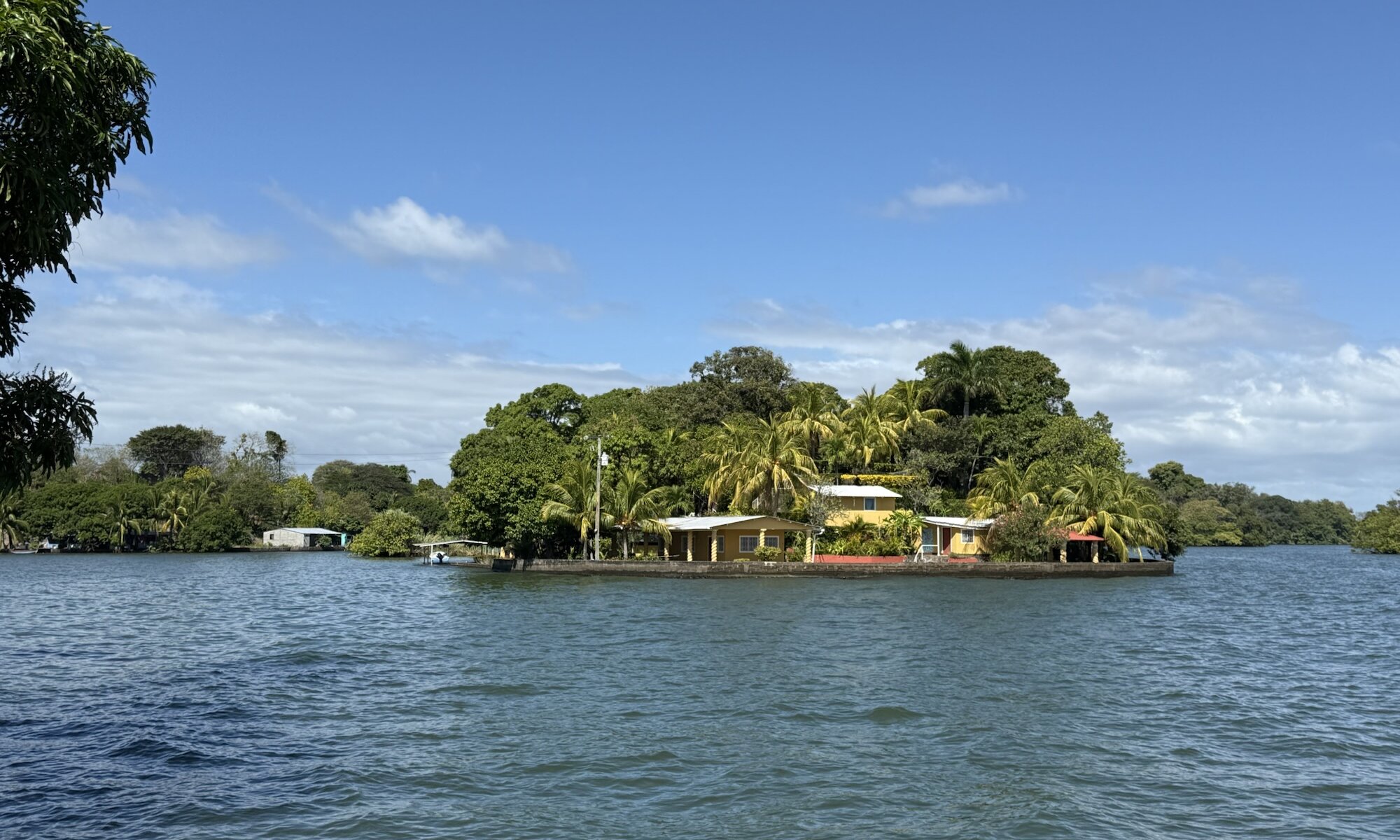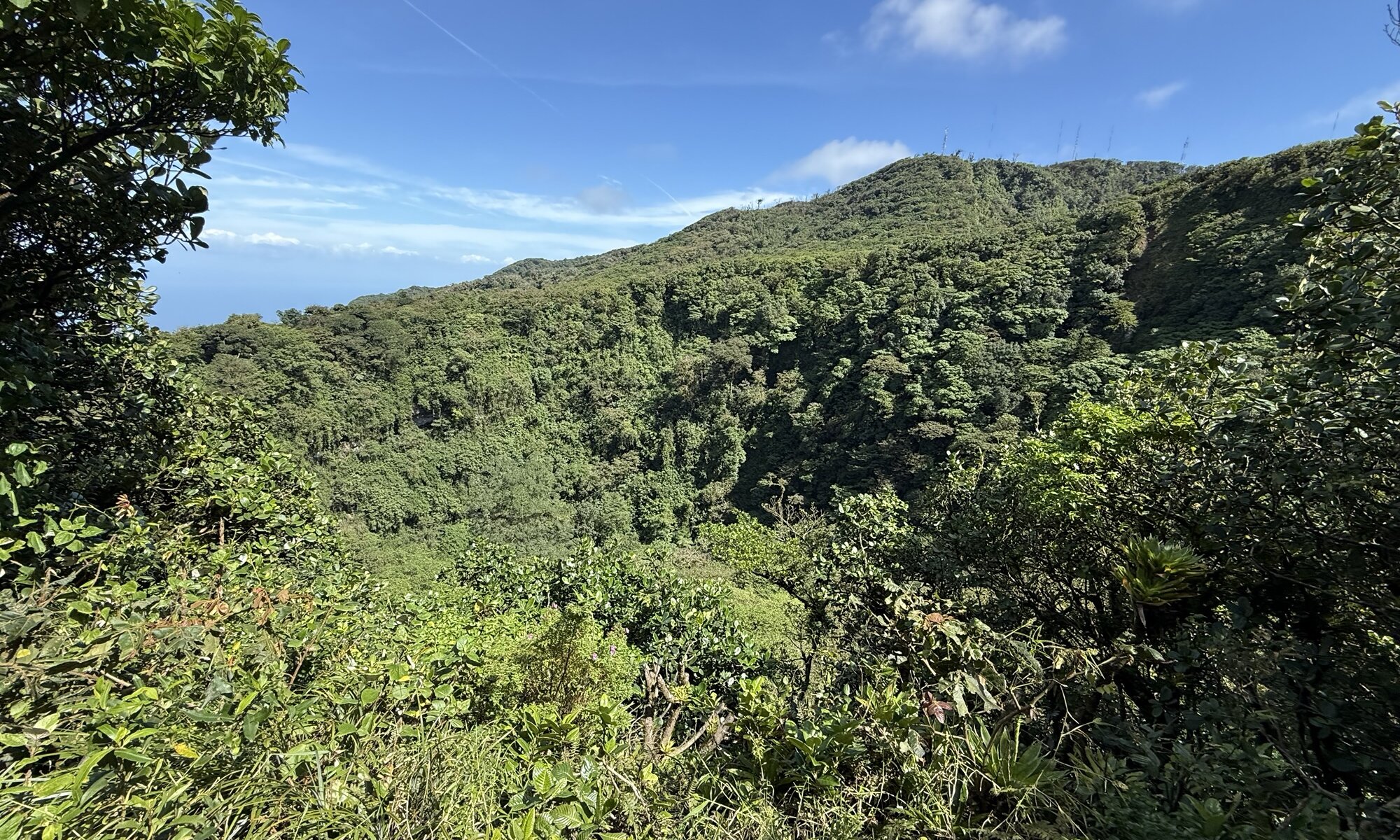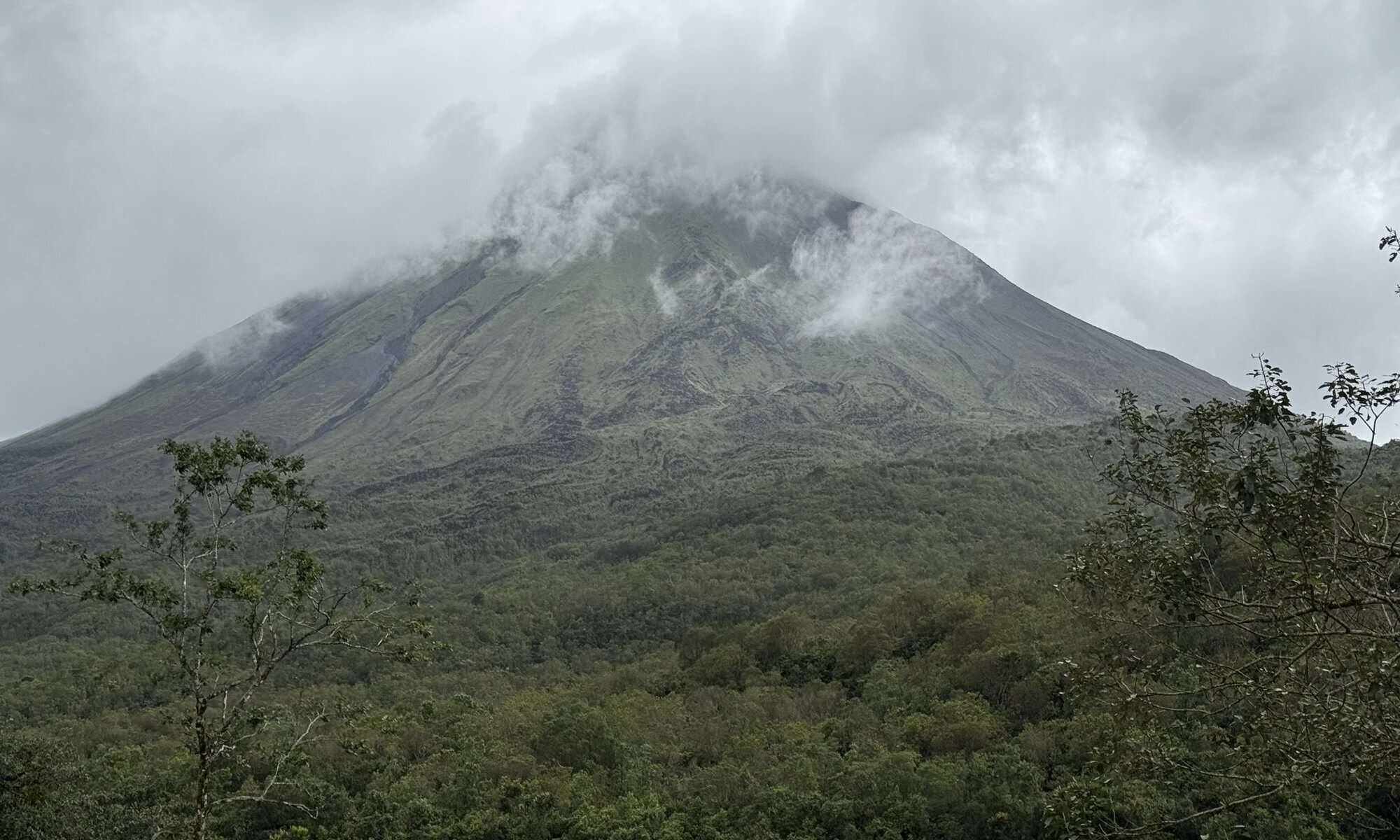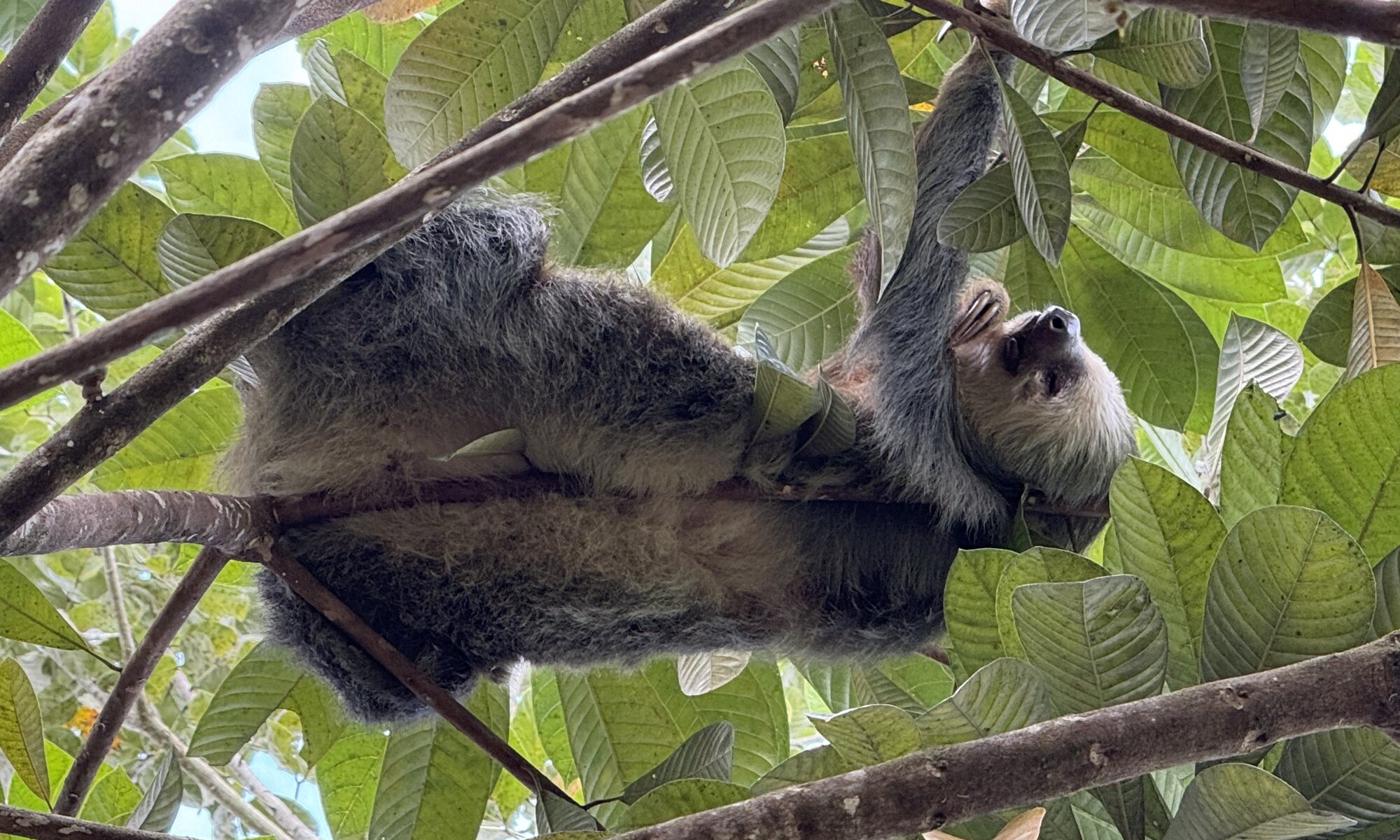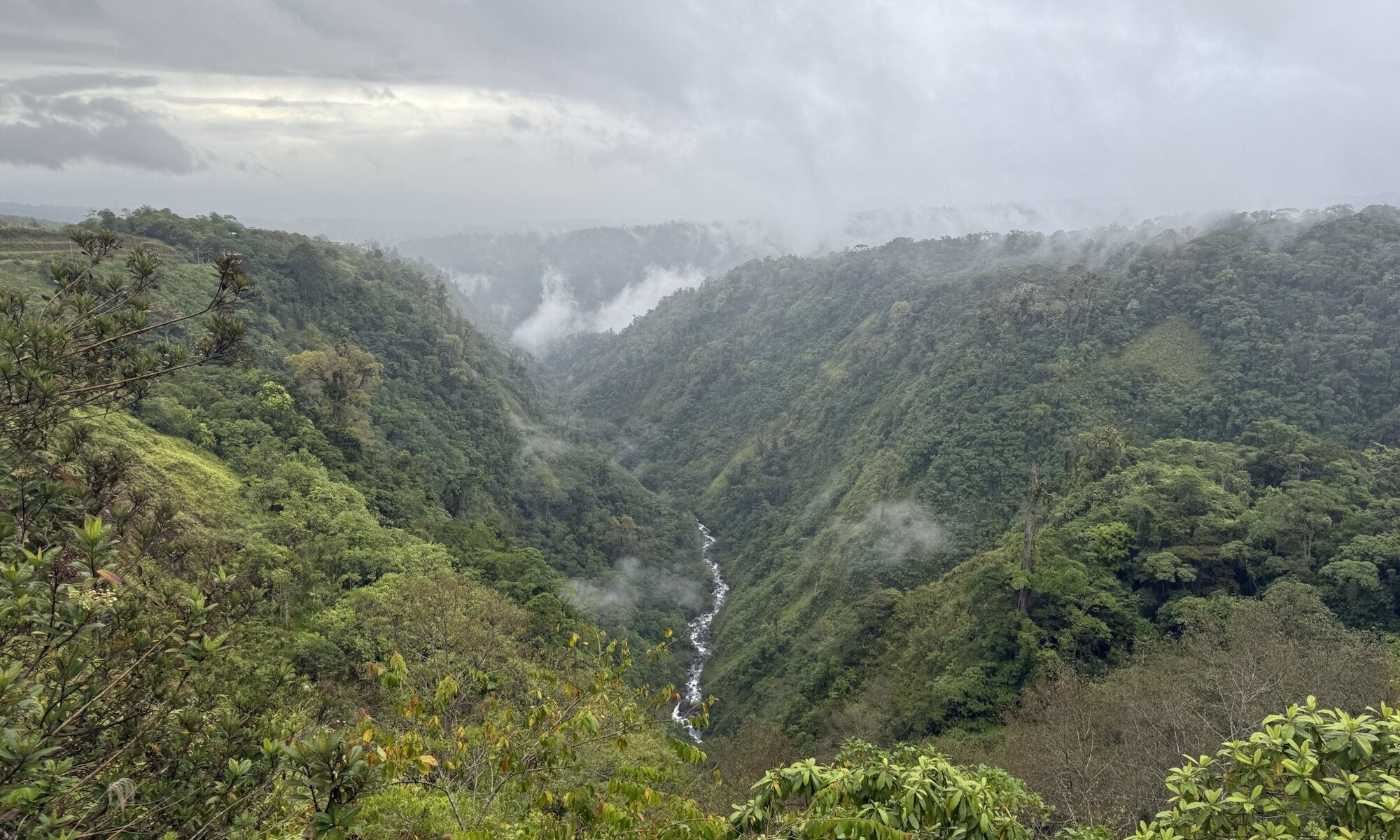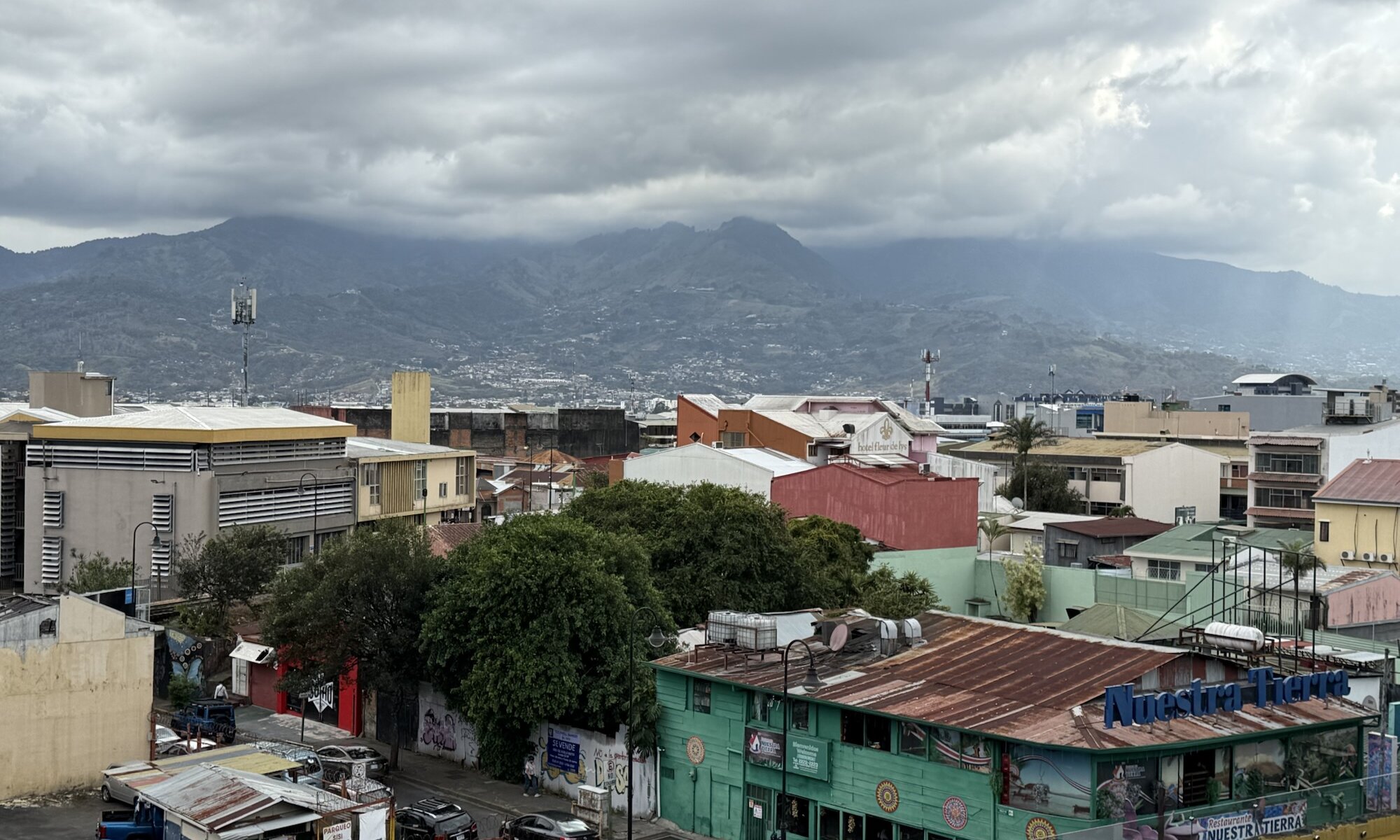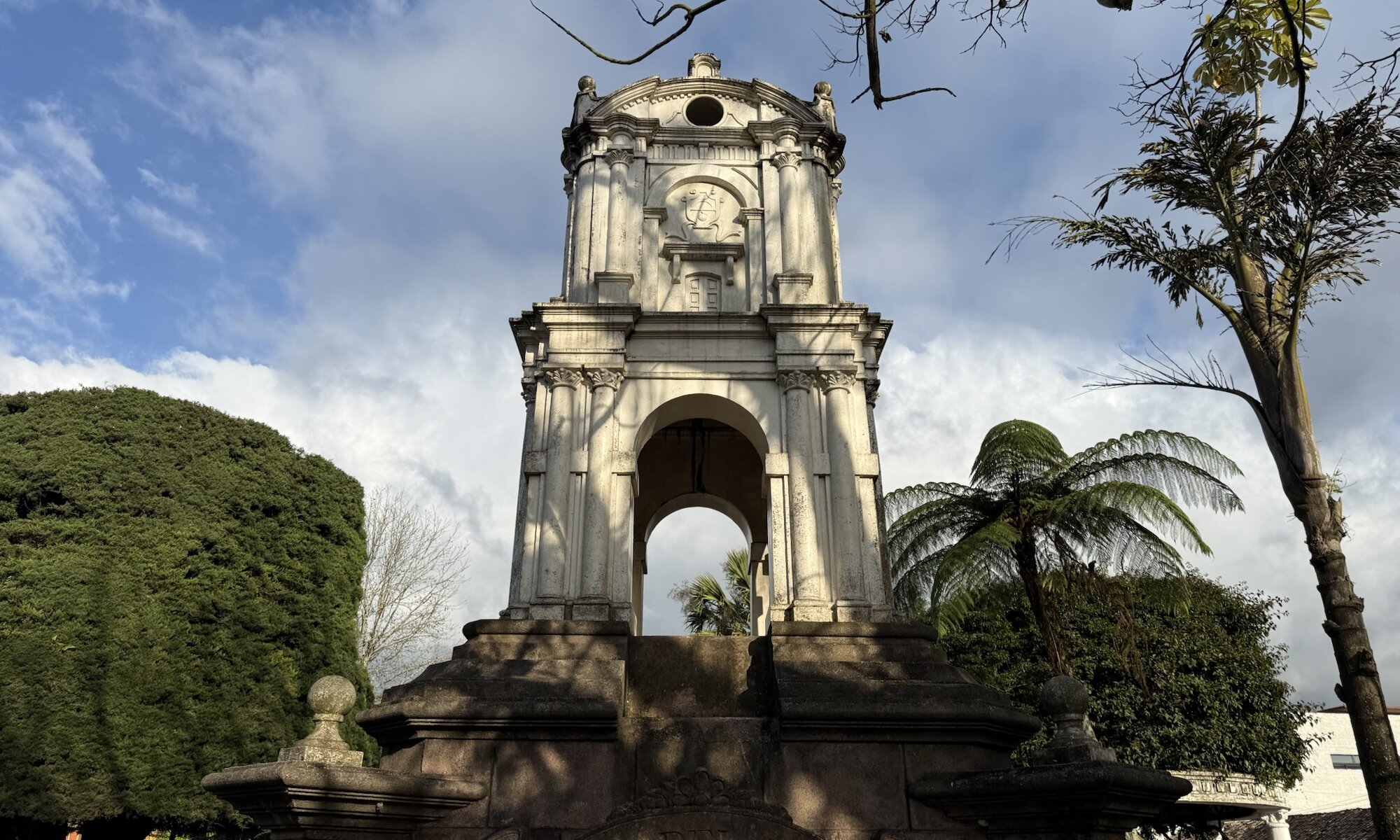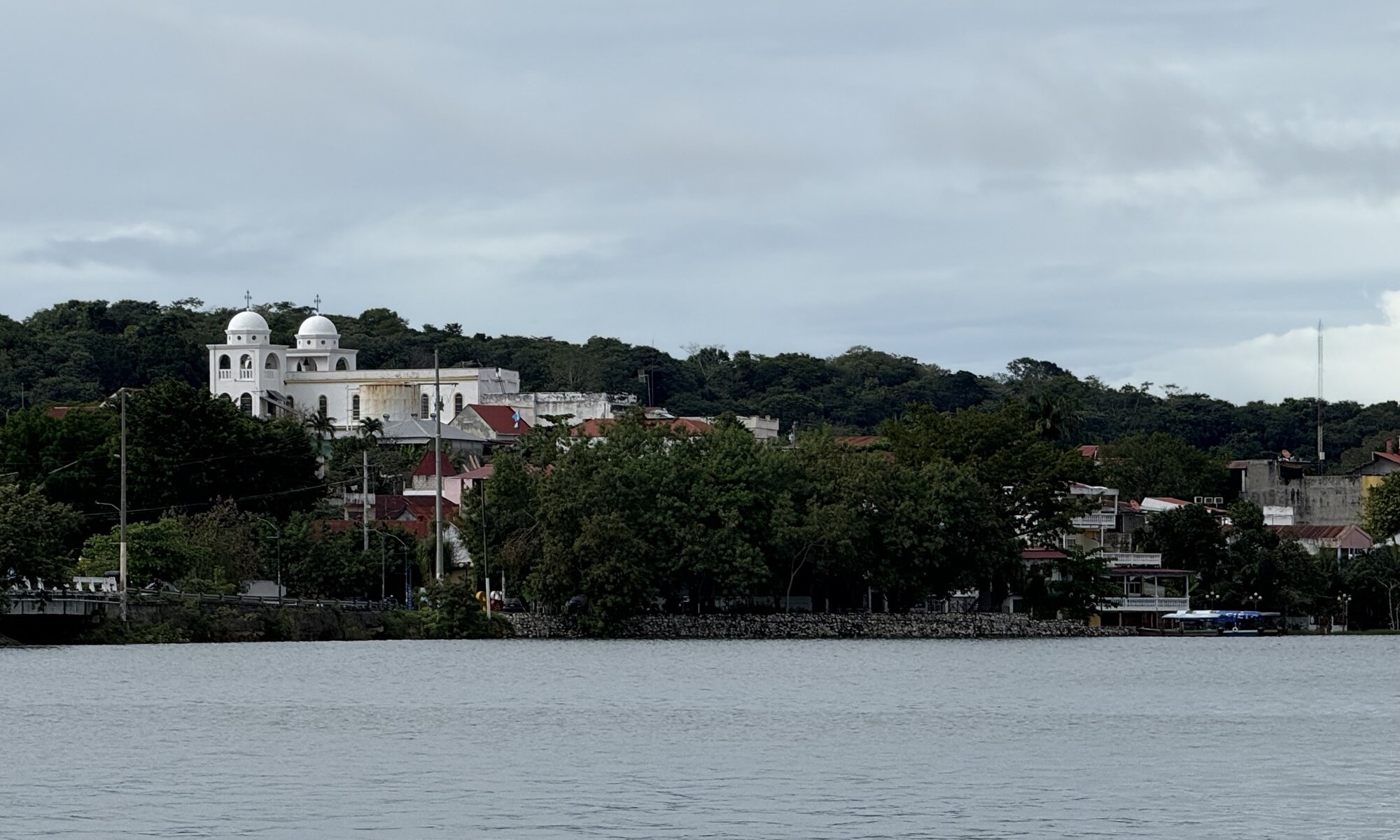The Laguna de Tiscapa is a volcanic crater lake in the heart of Managua, Nicaragua, offering panoramic views of the city. Perched on its edge is the Sandino Monument, a towering silhouette of General Augusto César Sandino, the revolutionary leader who fought against U.S. military intervention in Nicaragua during the early 20th century. The monument, erected in the 1990s, stands as a powerful symbol of national resistance and pride. The area surrounding the lagoon has historical significance, as it once housed the presidential palace and later the notorious Somoza family’s military headquarters. Today, the site serves as a tourist attraction and a place of reflection on Nicaragua’s tumultuous past.
Continue reading “Laguna de Tiscapa”Plaza de la Revolución
Located in the heart of Managua, Nicaragua, the Plaza de la Revolución is a significant historical and cultural landmark that embodies the nation’s revolutionary spirit and rich heritage. Formerly known as Plaza de la República, this expansive square has been witness to numerous pivotal events in Nicaragua’s history. It served as a focal point during the Sandinista Revolution and continues to be a gathering place for political demonstrations, cultural events, and national celebrations.
Continue reading “Plaza de la Revolución”Las Isletas
The Isletas de Granada, a group of 365 small islands scattered in Lago Cocibolca near the city of Granada, were formed thousands of years ago when the Mombacho volcano erupted, ejecting massive amounts of rock and debris into the lake. Today, these islets serve various purposes, from private residences and vacation homes to hotels and eco-tourism destinations. Visitors can explore the lush vegetation, observe diverse wildlife, and enjoy stunning views of the surrounding landscape, including the imposing Mombacho volcano.
Continue reading “Las Isletas”Mombacho
Volcán Mombacho, the iconic house mountain of Granada, Nicaragua, stands as a majestic natural landmark just 7 kilometers from the city. Visitors can easily reach the base station by bus or rental car, where they are greeted with an exciting adventure up the steep volcano. At scheduled times, published on the official website, tourists are transported up the mountain in trucks or pick-ups. This unique mode of transportation often provides Europeans with a thrilling and unfamiliar experience of riding in the loading area of a pick-up truck, adding an element of excitement to the journey.
Continue reading “Mombacho”Arenal
Volcán Arenal, an iconic stratovolcano in Costa Rica, dominates the landscape near the town of La Fortuna. Standing at 1,633 meters, this once highly active volcano has been in a resting phase since 2010 but remains a breathtaking sight and a major draw for tourists. La Fortuna itself is a small, relatively unremarkable town that serves primarily as a base for exploring the surrounding natural wonders. While the town offers basic amenities and accommodations, visitors typically spend little time there, instead focusing on the numerous outdoor activities in the area.
Continue reading “Arenal”Sloths
Sloths are fascinating creatures known for their slow-moving lifestyle and unique adaptations to life in the treetops. These arboreal mammals spend most of their time hanging upside down from branches, using their long claws to grip tightly onto tree limbs. Sloths have an incredibly slow metabolism, which allows them to conserve energy and move at a leisurely pace. They sleep for up to 20 hours a day and only descend to the forest floor about once a week to defecate. Their diet consists mainly of leaves, buds, and occasionally fruits, which they digest slowly over the course of several days.
Continue reading “Sloths”Poás
Parque Nacional Volcán Poás is a wonderful natural attraction in Costa Rica, featuring one of the world’s largest active volcano craters. To visit the volcano itself, visitors must book a timeslot in advance online, as access is carefully regulated to protect both the environment and visitors’ safety. This system ensures a more organized and less crowded experience while exploring the otherworldly landscape of the crater and its surrounding areas.
Continue reading “Poás”Pura vida
San José, the capital of Costa Rica, has a rich history dating back to its founding in 1737. Originally a small settlement, it became the capital in 1821 after Costa Rica gained independence from Spain. The city grew significantly in the 19th century, fueled by the prosperity of coffee barons who built many fine buildings. Today, San José is a vibrant capital city that seamlessly blends its historical charm with modern urban life.
Continue reading “Pura vida”Cobán
The capital of the Alta Verapaz department in Guatemala, has a rich history deeply intertwined with German influence. Founded in 1543 by Dominican friars, the city gained prominence in the late 19th century when German settlers arrived and established coffee plantations. These German immigrants significantly shaped Cobán‘s development, introducing their culture, architecture, and agricultural practices. The city became a hub for coffee production and trade, with German families like the Dieseldorffs playing a crucial role in its economic growth.
Continue reading “Cobán”Isla de Flores
The Isla de Flores, a small island in lake Petén Itzá, Guatemala, is a charming destination known for its colorful colonial buildings and cobblestone streets. The old city center, perched atop a hill, features a picturesque main square with Maya stelae and the white-painted Catedral Nuestra Señora de Los Remedios y San Pablo Itzá. Visitors can enjoy strolling along the Malecón, a promenade that encircles the island, offering stunning views of the lake and providing a perfect spot for watching the sunset. The island’s compact size allows for easy exploration on foot, with numerous cafes, restaurants, and shops lining its quaint streets.
Continue reading “Isla de Flores”